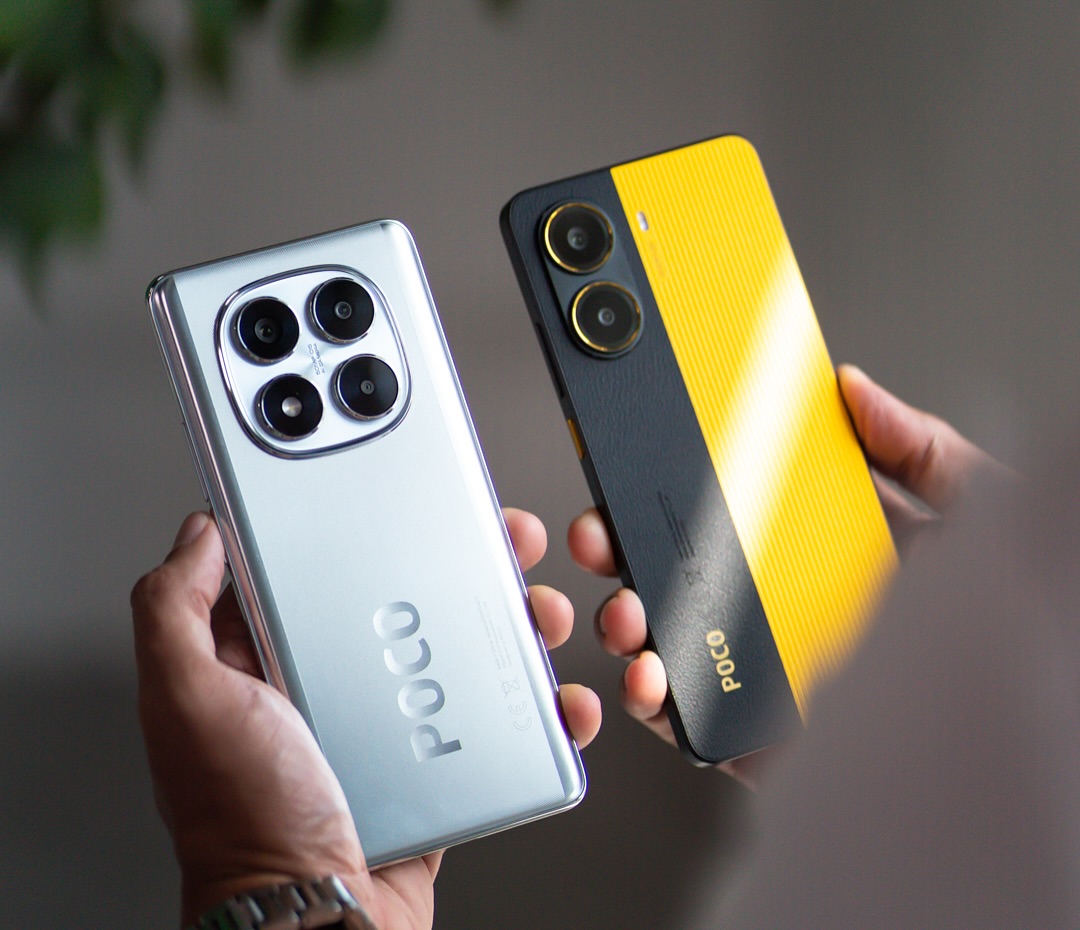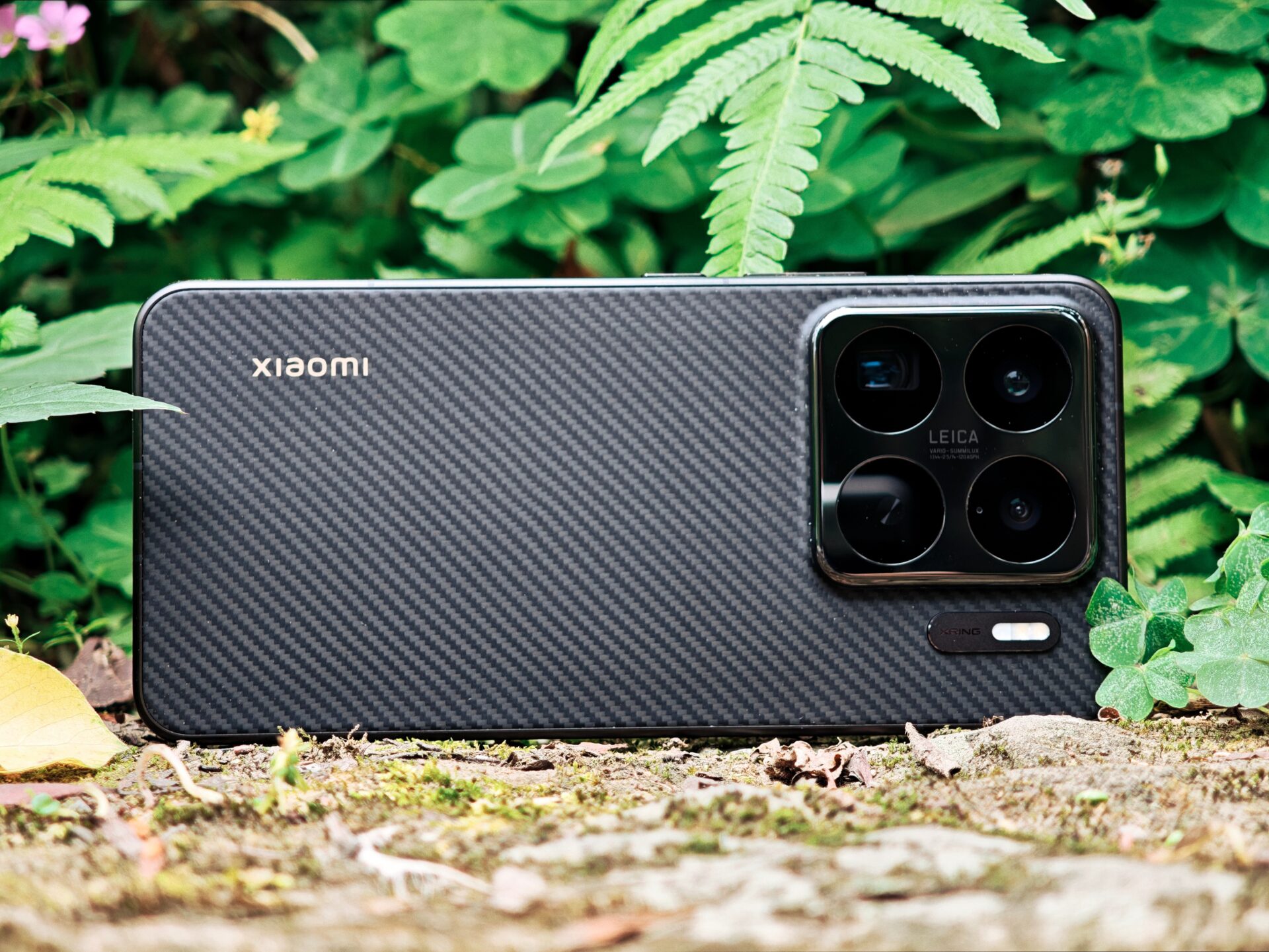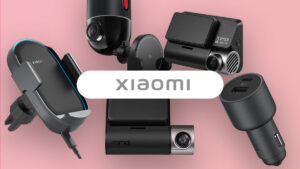A better understanding of Xiaomi’s success scenario in 2025 cannot be achieved by focusing exclusively on a given market segment. The company’s approach strikes a chord between two primary demands: “dominant global market shares via budget-friendly Redmi and POCO devices and a ‘premiumization strategy via flagship Xiaomi 15 series. ”
As reported by Canalys, Xiaomi has managed to remain among the top three smartphone brands in the world uninterruptedly for 16 quarters now. Its market share is held between 14% and 14.6%, largely due to its mid-range series, even as this compares favorably to other markets, including Turkey, where Xiaomi commands a market share of 11.75% but is second to both Apple and Samsung.
As a brand, this dual strategy helps to explain why its mid-range series has often surprised expectations with their value, and why their flagship series strives to compete with the likes of Apple and Samsungtechnologically and perceived-wise.
Redmi and POCO: The Volume Drivers
The company’s subsidiaries, Redmi and POCO, are still driving the company’s global success today. They offer premium-like features at an affordable price point every time.
- POCO X7 Pro: Referred to as “one of the best-value affordable smartphones,” this model comes with a massive 6000 mAh battery that will last well over two days.
- Redmi Note 14 Series: Starting at $200-$300, this series comes with OIS-enabled primary sensors and an AMOLED screen, offering performance even in much costlier devices.
Such devices are prevalent among emerging markets like India and Southeast Asia, as their users are willing to spend lower prices while acquiring features like high refresh rates and large battery storage.
Xiaomi’s Move Towards the High-End
Although the mid-range category helps maintain a volume market, “premiumization” is the emerging company strategy, as Xiaomi wants to mimic the margins achieved by Apple but capitalize on its internet-of-everything ecosystem as well.
- China Market Comeback: Xiaomi regains the #1 position market share ranking in China, last achieved a decade ago, by the end of Q1 2025 due to their successful Xiaomi 15 series and their holistic HyperConnect ecosystem.
- Premium Segment Growth: The global premium sales registered an 55% growth YoY, while the Xiaomi 15 Ultra achieved an impressive sales growth of 90% over its predecessor.
- Halo Effect: The Xiaomi SU7 electric vehicle has enhanced brand reputation, resulting in an increase in the demand for flagship phones.
However, this shift is not easy for Xiaomi either. It is observed that even as Xiaomi’s premium sales are growing, its global Average Selling Price, or ASP, declined by 2.7% in Q2 2025, which is a result of the robust sales of entry-level devices Redmi A5. This highlights a paradox that Xiaomi faces, as the brand may face a situation whereby their success may hurt their ambition to be a premium brand.
Apple vs Xiaomi: Where Xiaomi Leads
Compared to Apple, Xiaomi succeeds convincingly in three key areas: energy management, camera technology, and ease of access to their ecosystem.
1. Power and Charging Technology
Xiaomi: 120W charging (such as Xiaomi 14T Pro) – a full battery recharge now takes less than 20 minutes. However, the iPhone 17 Pro Max, an Apple) smartphone, continues to be limited to a mere 26W. (Benchmark tests by HTX Studio) confirmed that, between 120W and 5W charging, the battery is unaffected even after 500 cycles, dispelling the theory that rapid charging damages a battery’s lifespan.
Additionally, Xiaomi’s Silicon-Carbon (Si/C) battery technology comes with a capacity of up to 6100 mAh, which is significantly greater than the ~3560 mAh Lithium-ion batteries found in the competition, including the
2. Camera Hardware Brilliance
The Xiaomi 17 Ultra comes will come with 1″ camera sensor, which is physically larger than the one found in the recent iPhone 17 Pro. Being physically large, the camera can effectively capture light, resulting in better light and depth, even under low-light conditions. Though the light capture has remained a strength of Apple, manual operation and Leica colors are exclusive to Xiaomi.
3. Open Ecosystem Advantage
Xiaomi’s HyperOS 3 operates all smartphones, tablets, cars, and IoT devices seamlessly, like Apple, but remaining open like Android. In Xiaomi Pad 7, Xiaomi Watch S4, and Xiaomi SU7 cars, users can connect their data hassle-free.
Conclusion: The Real winners In this article
In 2025, The strength of Xiaomi is now in their mid-range lineup, thanks to their Redmi and POCO brands. However, Their strategy is centered around a high-end brand, and the Xiaomi 15 Ultra series represents a shift towards a profitable brand position.


 Emir Bardakçı
Emir Bardakçı



